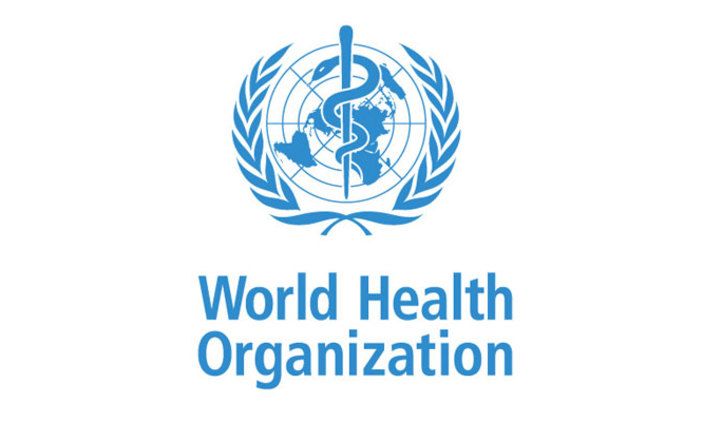WHO Outlines Antibiotic Development Priorities
With antimicrobial resistance a rising threat, the World Health Organization is working to heighten awareness of the urgent need for new therapies.

The World Health Organization’s new report, “2021 Antibacterial Agents in Clinical and Preclinical Development: An Overview and Analysis,” highlights the lack of innovative treatments currently available and in the development pipeline that are necessary to meet the critical problem of antibiotic resistance.
Today, there are 77 antibiotics or antibacterial agents in development. Most of these (45) are traditional agents comprised of small molecules, while 32 are non-traditional, such as bacteriophages and monoclonal antibodies. There is a particular need for non-traditional antibacterial agents given the rise of antibiotic resistance fueled by traditional agents.
The WHO has zeroed in on what it terms “priority pathogens”–12 bacterial pathogens that it deems the most immediate threats requiring new therapies. The critical group is comprised of multidrug-resistant pathogens commonly found in vulnerable populations, such as hospital and nursing home patients and people reliant on medical devices. These include Acinetobacter and Pseudomonas, which are carbapenem resistant, and Enterobacteriaceae such as Klebsiella and E coli. The second tier includes pathogens such as Staphylococcus aureus, which is resistant to vancomycin, Heliobacter pylori, and Salmonella. The third tier includes Streptococcus pneumoniae and Shigella.
In the pipeline right now are 27 antibiotics targeting these WHO-designated priority pathogens, and just over half (13) are known to be effective against at least 1 gram-negative bacteria in the critical priority category. Gram-negative bacteria are a particular threat as they are resistant to a variety of antibiotics. Not only do these bacteria evade the antimicrobials that target them, they can help spawn other drug-resistant bacteria and thus perpetuate the cycle of resistance.
However, just 6 of these 27 products meet at least 1 of the WHO’s criteria for innovation, including the absence of known cross-resistance, focus on a novel target, utilization of a new mode of action, and new drug class. And of those 6, only 2 are effective against at least 1 of the multidrug-resistant gram-negative bacteria in the critical priority group, such as CRAB, CRPA, and CRE.
New antibiotics come onto the market slowly and sparingly, largely because of a lack of funding. According to the WHO, it takes anywhere from 10 to 15 years for an antibiotic candidate to advance from the preclinical to the clinical stage. The organization has stated that categorizing pathogens by priority hopefully will encourage governments to implement policies that enable faster and better antibiotic development as well as motivate investment in the private sector, as many companies working on turning out new antibiotics are small and lack the financing to complete clinical trials.
In the past 5 years, just 12 new antibiotics have been approved. Most don’t offer much clinical benefit beyond what existing antibiotics do; 10 out of the 12 are part of drug classes associated with antibiotic resistance. Since the previous WHO report on antibiotics was issued in 2020, approval was granted for a single antibacterial agent, cefiderocol, that can act against CRAB, CRPA, and CRE.
The effects of the COVID-19 pandemic on antibiotic progress cannot be understated. Over the past 2 years, the pace of antibiotic clinical trials has slowed and funding that might have otherwise gone to antimicrobial research has been diverted. Adding insult to injury, the overburdening of hospitals due to COVID-19 infections resulted in a 15% rise in hospital-acquired drug-resistant infections from 2019 to 2020. There is significant concern for the elderly due to antibiotic resistance in hospitals and nursing homes, where this population may have outsize representation, but drug resistance harms younger people also: Roughly 30% of newborn babies with sepsis die due to resistance to first-line antibiotic therapies.
The antibiotics currently in phase 3 trials include nafithromycin, which targets respiratory pathogens; sulopenem-etzadroxil/probenecid for uncomplicated urinary tract infections; ataniborbactam (VNRX-5133) + cefepime, which works against CRPA; and durlobactam (ETX- 2514) for CRAB. Seven new antimicrobials recently have entered phase 1 trials.
